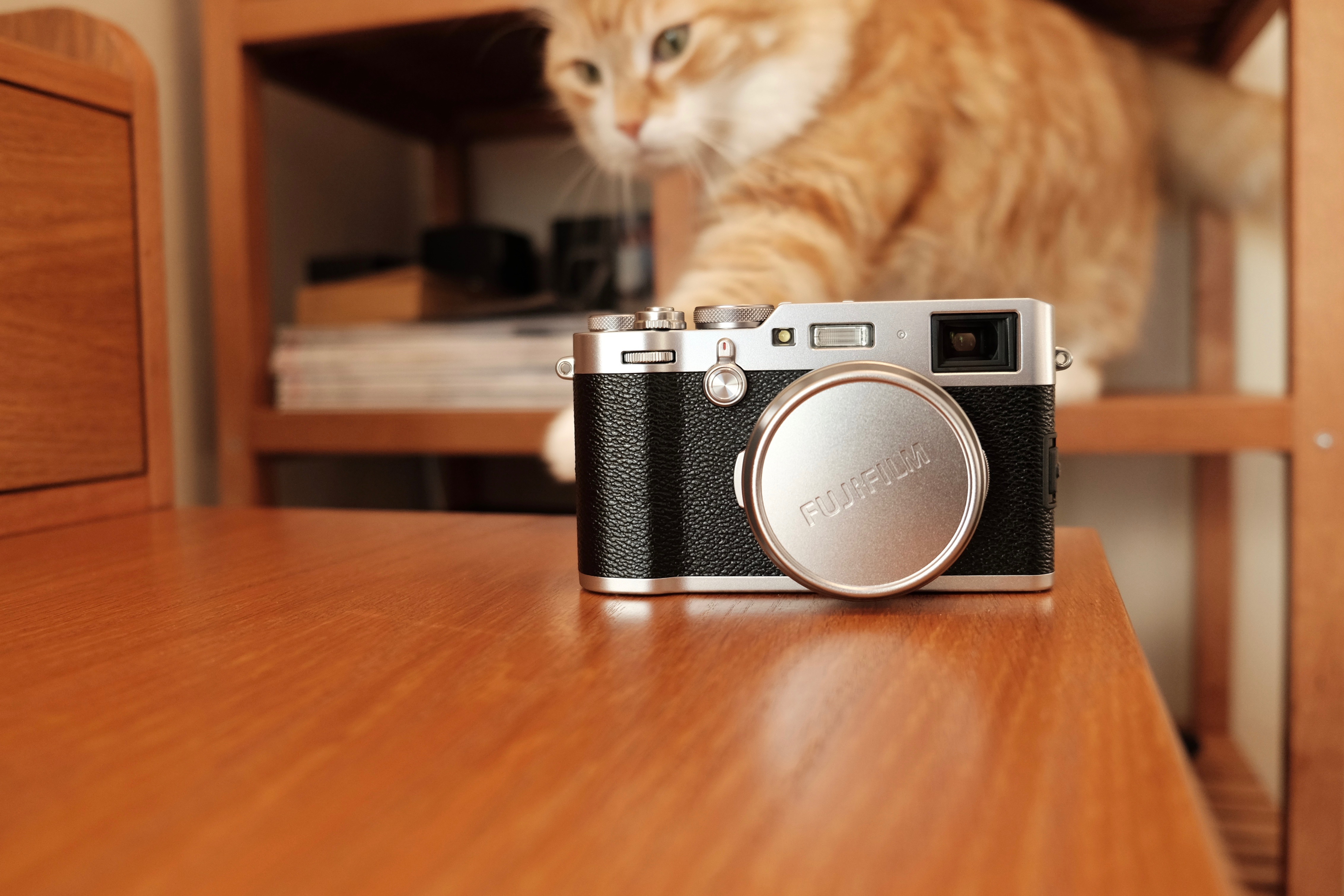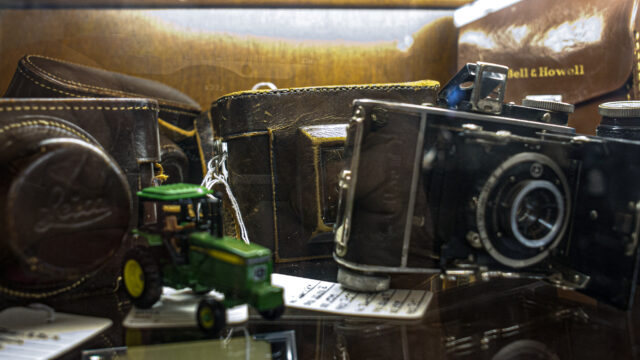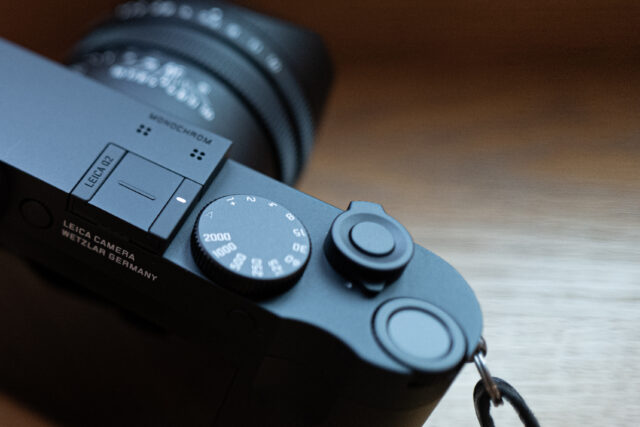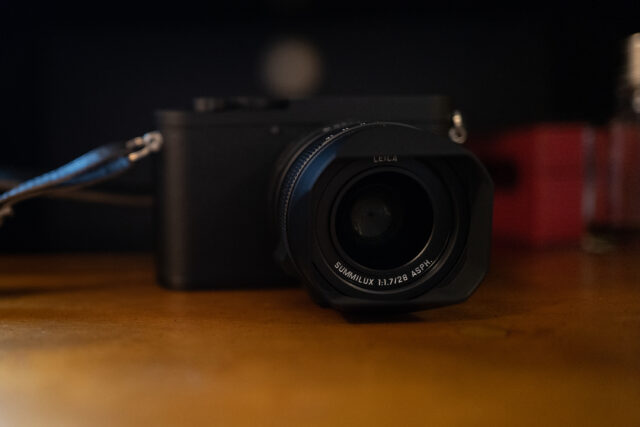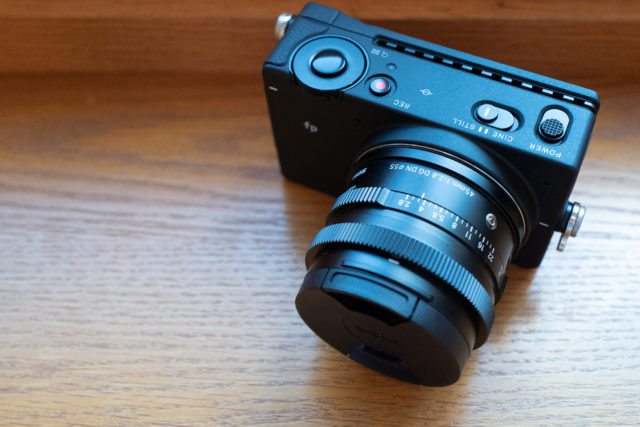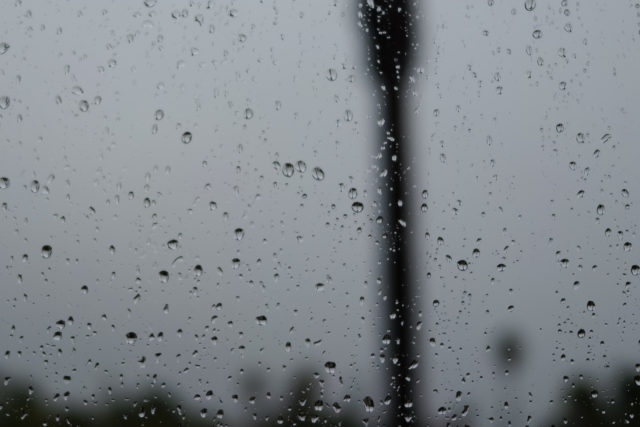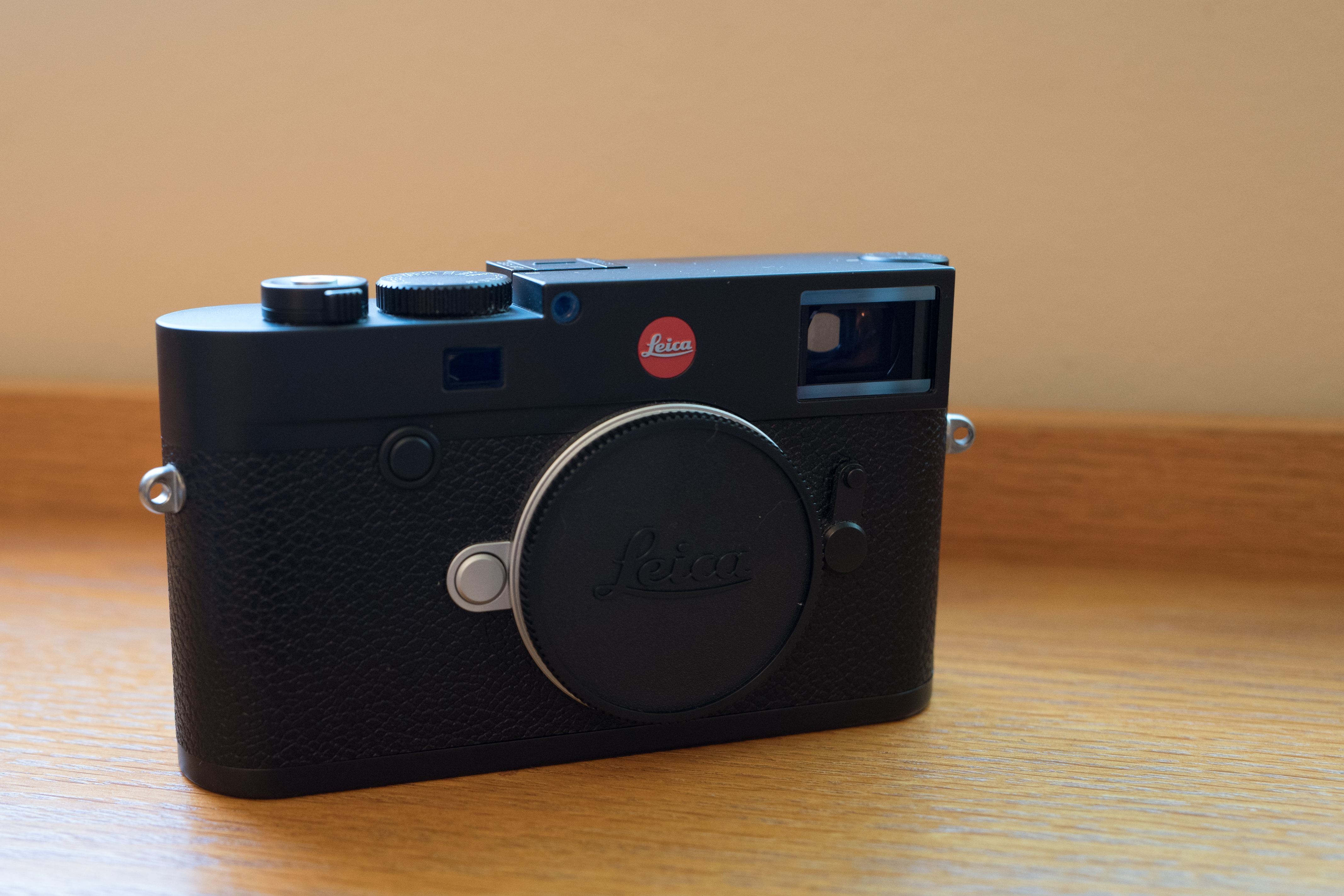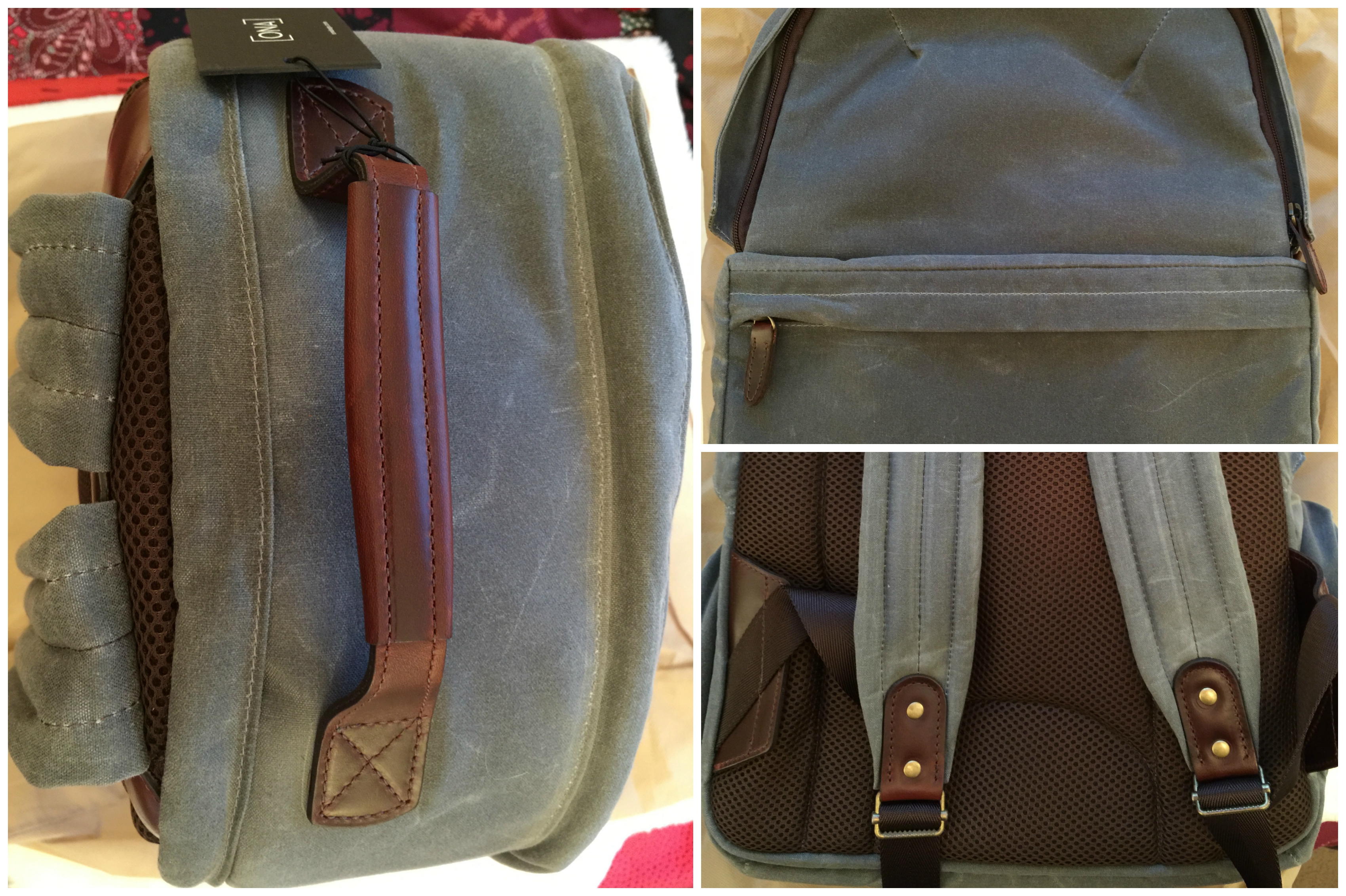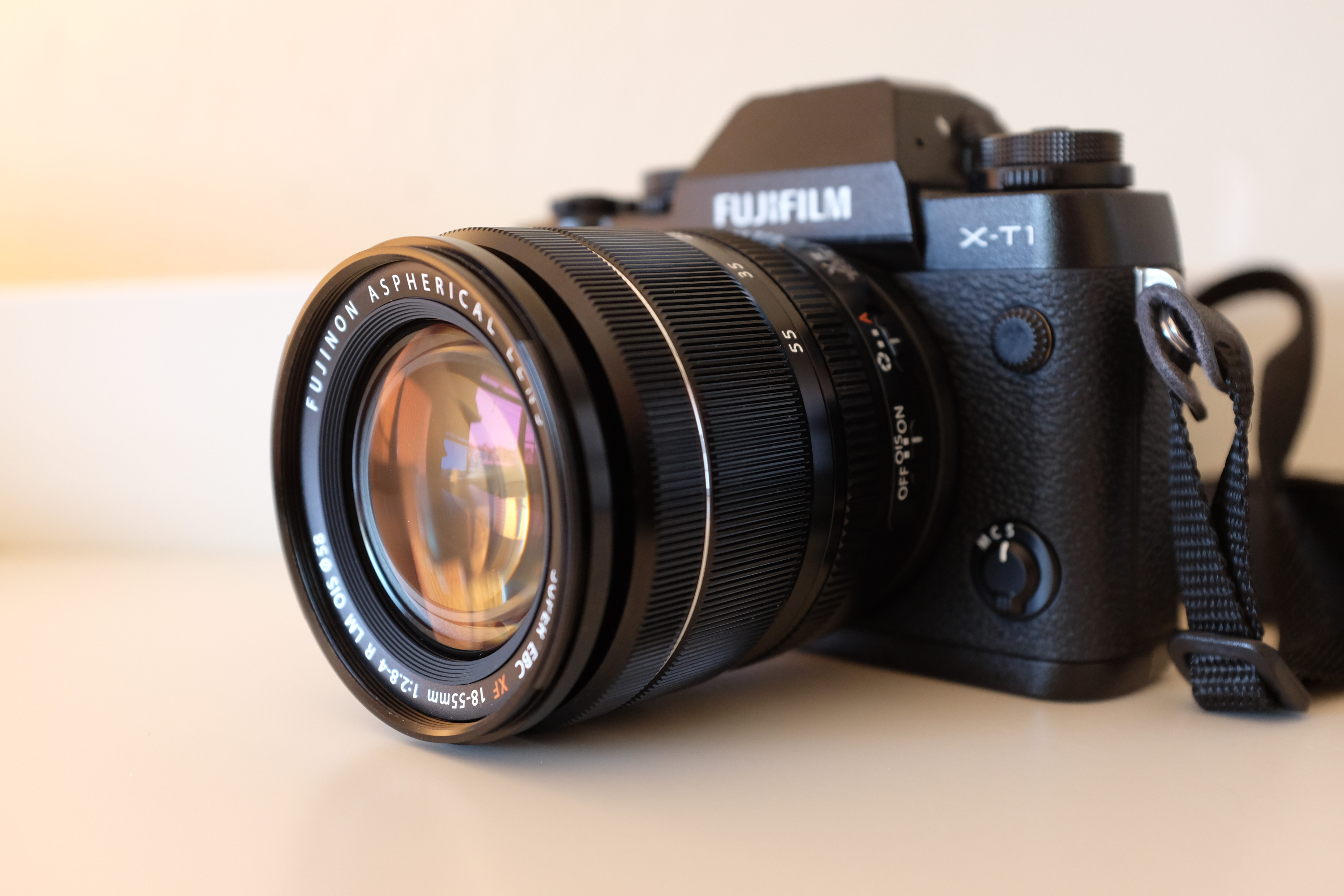Lesson learned: Sigma makes cameras that are innovative but idiosyncratic. As I have often expressed, balance is the hallmark of good product design—whether the physical handing, how features/benefits mesh together, or, most often, combination of both characteristics. For me as an arguably amateur photographer, Sigma DP1 and DP2s didn’t measure up, and I parted with both. Now, many years later, the company’s marvelous full-frame shooter joins them. I ended the decade by sending back Sigma fp and its accessories for refund. Strike three!
Perhaps if I were a videographer, Sigma fp would be perfect. It is tiny, shoots hours of uninterrupted footage, and can be rigged by expansion to need. As a still photographic tool, the fp charms by capturing photos with rich colors and crisp contrast from a 35mm sensor packed into the smallest interchangeable body available anywhere. The rear controls are conveniently and intelligently laid out, particularly those placed below the LCD screen. But, and here it comes, the shooting experience—at least in my hands—disappoints. Like its predecessors, Sigma fp is (being polite) somewhat unbalanced, with respect to end-user benefits and overall device handling.

